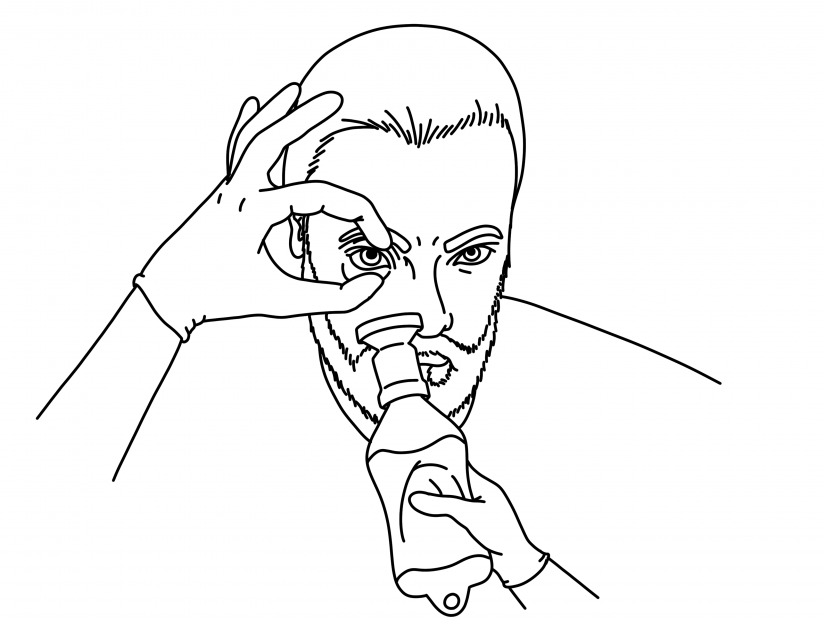This section deals with emergency eyewash stations. For general information on emergency showers, eyewash and facewash stations, please refer to the subject section in our website.
Although Canada has not standardized their use, eyewash stations are recommended in certain types of industries in case workers need to quickly rinse their eyes.
Below are the main types of eyewash stations to choose from depending on your needs:
- Wall-mounted eyewash (surface or recessed);
- Pedestal-mounted eyewash;
- Countertop eyewash (chiefly used in laboratories);
- Portable eyewash;
- Frost-proof eyewash.
Several institutions and workplaces are equipped with eyewash stations.
All eyewash stations must be well-identified, easy to locate and adequately lit. They must be installed so as to be accessible in less than 10 seconds, which corresponds to a distance of 15 to 30 meters (50 to 100 feet).
As for sites using hazardous chemicals, eyewash stations must be located near areas where people manipulate the chemicals. It should be noted that appropriate drainage should be provided. Contaminated water from eyewash stations must be evacuated in compliance with local regulations.
All types of eyewash stations should have a tempered water supply to avoid triggering chemical reactions that could damage skin tissue. In addition, frost-proof fixtures are required if the temperature could drop below the freezing point.
Please refer to the drench shower and wash stations section for details on water temperature and pressure.
As for maintenance, run eyewashes weekly to ensure they work properly and drain the stagnant water from the pipes. Stagnant water becomes contaminated by steel particles and other mineral deposits.
Run the water long enough to thoroughly rinse the pipes and obtain clean water. In doing so, check for possible leaks or other obstructions.
Replace parts as needed or contact the manufacturer if the eyewash equipment is not working properly.
Eyewash stations can also be equipped with special alarms, especially if they are installed in remote areas. Alarms come in handy if you wish to be notified when a station is triggered.
In addition, eyewash stations can be equipped with privacy curtains when workers must undress.
Caution: Stations containing 500 and 1000 ml bottles cannot replace eyewash stations. These types of stations do not have the capacity to run water for 15 minutes, as per required standards on the safety data sheets. Bottles may be used only as first response, i.e. for on the spot treatment while the injured worker is being carried to the nearest eyewash station.

